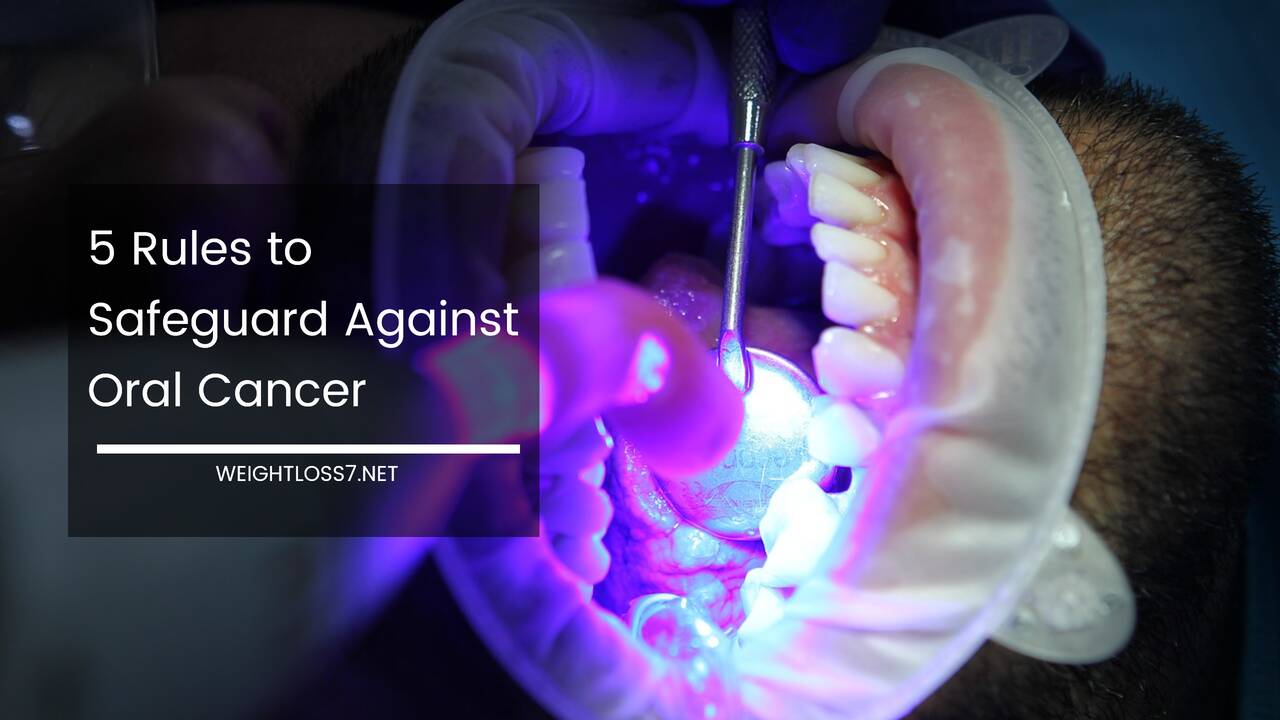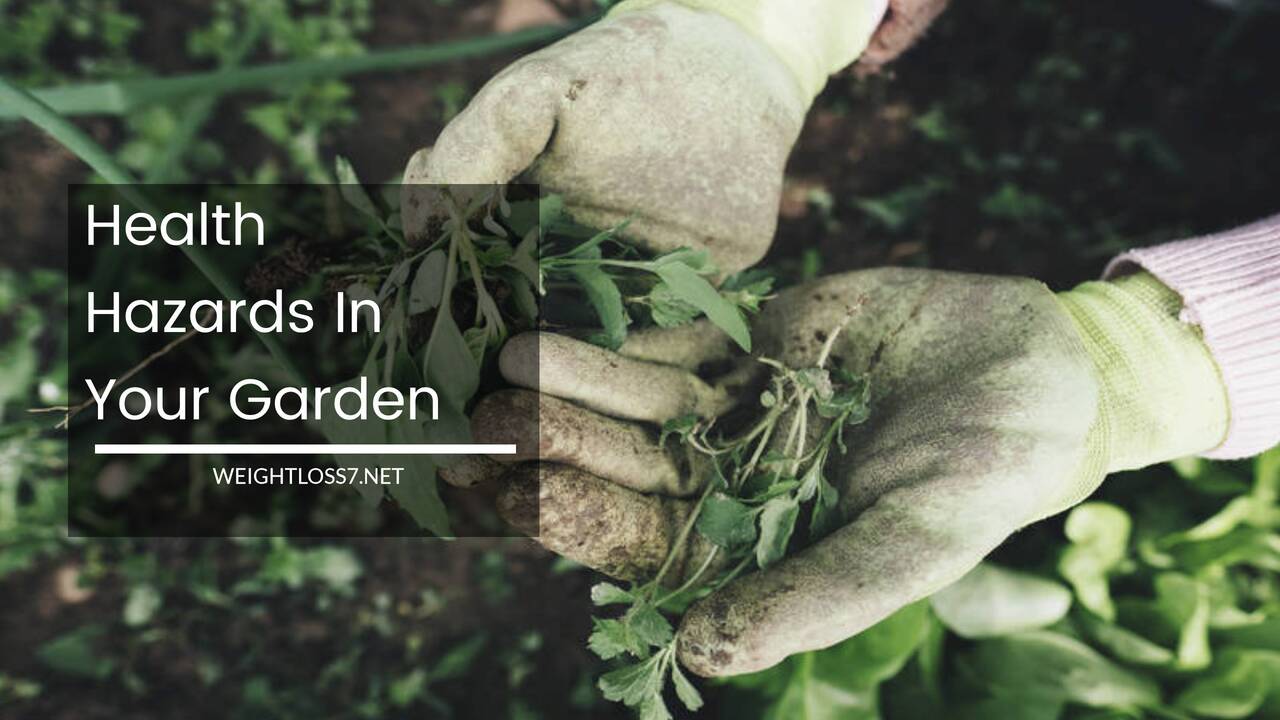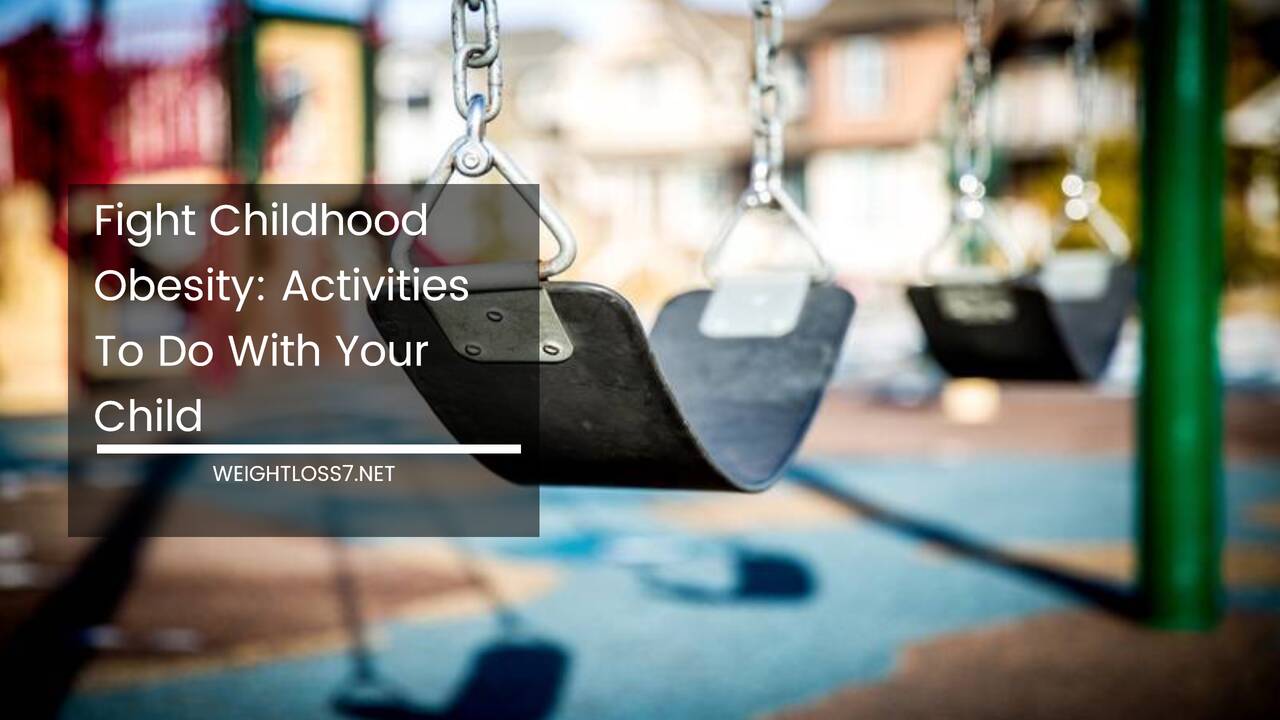5 Rules to Safeguard Against Oral Cancer

More than 4,290 women died of cervical cancer in 2020, according to the The American Cancer Society.
But, did you know that oral cancer claimed twice that many lives among women? And men have it worse—oral cancer hits men more than twice as often as it does women.
Further, the country has experienced an almost five-fold increase in oral cancer among patients less than 40 years old.
Oral cancer is found in the lips, mouth and the throat. This includes the tongue, gums, roof of the mouth, side and back walls of the throat, and the tonsils, just to outline the general area.
As with all cancers, there are some risks that are inherited and others that seem associated with our lifestyles, habits and environment.
There’s nothing we can do about our genetics, but it make a lot of sense to take every possible step to minimize our other risk factors.
Follow these 5 rules and you’ll go a long way toward oral cancer prevention and early detection.
1. Kick the Habits
Tobacco use, including cigarettes, cigars, pipes and smokeless tobacco, is the single most important cause of oral cancer.
Second to tobacco use is alcohol consumption, and when tobacco and alcohol use are combined, they become an even more significant risk for oral cancer.
Beer and hard alcohol consumption seem the most likely to cause an increase in risk.
With tobacco use, when people quit, their risk for oral cancer goes down. It’s not known if kicking the drinking habit decreases risk in the same way. But, there are plenty of other good reasons to limit or eliminate alcohol use.
2. Stay Cool in The Shade
Exposure to the sun’s UV radiation may increase the likelihood of lip cancer, which occurs more commonly on the lower lip.
Avoiding the sun, wearing a wide brimmed hat, using a sunscreen or a dark colored lipstick may knock down these odds.
3. Self Examine Monthly
Grab a mirror and bright light. Look and feel your way around the your gums and your lips. Tilt your head back and get yourself in a position where you can see the roof of your mouth and feel it with your fingers.
Examine under your tongue. In all cases you’re looking for red or white spots, or for ulcers that don’t seem to be healing properly. If any of these should persist for 2-3 weeks, see your dentist.
Other signs to be aware of include difficulty in swallowing, chewing or talking; swollen lymph nodes; or weight loss.
4. Visit Your Dentist Regularly
As a routine part of your dental exam, your dentist screens for oral cancer.
Your dentist is much more likely to catch oral cancer in its early stages when it can be small and difficult to detect at home.
Your dentist can also easily, and painlessly, send a sample of suspected cancer cells to the lab for testing.
Also, dentists have new tools that greatly help detect oral cancer in its early stages. Marietta, Georgia dentist, Dr. Clifford Morton, recently discussed adding the VELscope to his regular examination routine.
At his practice, Morton General and Implant Dentistry, they’ve seen a doubling of oral cancer in recent years. Dr. Morton also notes that other health conditions can be first detected during a routine dental examination.
The VELscope emits a blue light that causes molecules to put out their own light and when used with certain filters, this lets the dentist distinguish between normal and abnormal oral tissue.
5. Eat Healthy Foods
A diet high in fruits and vegetables may help prevent oral cancer lesions, according to some studies.
Further, regularly eating fruits and vegetables has been shown to improve overall health in many ways.
Follow these 5 easy rules to safeguard yourself against oral cancer and not only will you be doing a lot to tip the odds significantly in your favor, you’ll enjoy better general oral health and overall physical health as well.

















